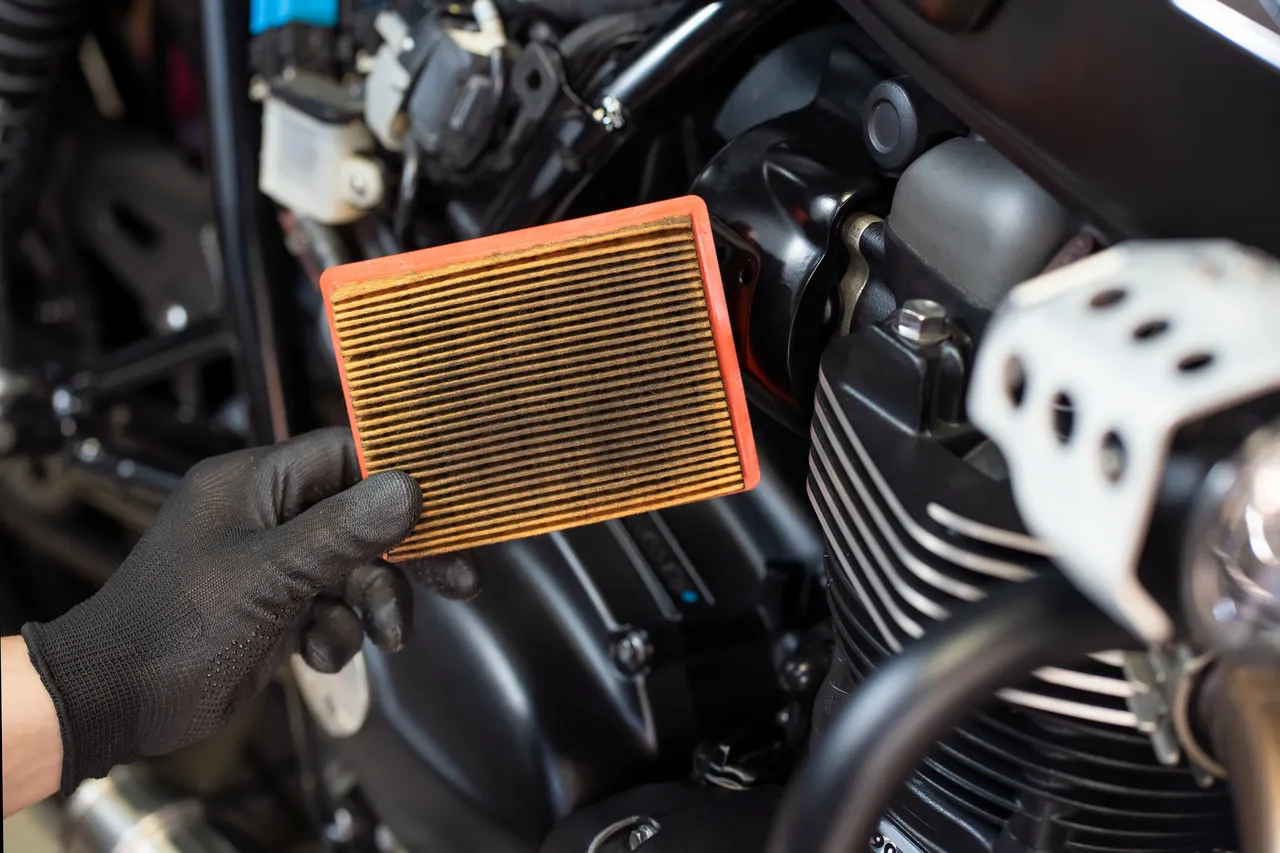The proper functioning of a combustion engine requires constant intake of a certain volume of filtered air. In fact, a high-performance engine at full load can consume up to about 100 liters of air per second.
The filtration of atmospheric air is an essential step to protect the engine and other components against unnecessary wear. The intake air can contain all kinds of foreign bodies, from mineral particles, such as dust, to organic particles, such as pollen and leaves. Impurities like these can cause blockages and friction in moving parts, compromising the reliable operation of the engine and reducing the overall lifespan of the motorcycle. In this sense, it is crucial to ensure retention of these particles right at the beginning of the air intake. This is where the engine air filters come into play.
The filtering performance and the capacity to retain foreign bodies are fundamental characteristics of these components. Filtering performance is characterized by the ratio between the amount of foreign bodies that enter and exit the filter element when it is crossed by a dusty air flow. The capacity to retain foreign bodies concerns the amount of dust that the filter can retain before obstructing the air flow. Additionally, the filter elements must have a certain mechanical, thermal, and chemical robustness, as well as the ability to soundproof the engine and delay flames.
There are air filters of various shapes and types. A very common type is the dry one, made of synthetic felt or from pleated microporous paper impregnated with resin (track bikes). In addition, there are components made of sponge with oil (enduro and cross bikes). Among the most popular brands are K&N and Hiflofiltro, among others.
Air filter: image at auto-doc.pt
Filter lifespan and clogging symptoms
With the accumulation of particles, the component gradually reaches the limit of retention capacity. This also implies a gradual reduction in the amount of air admitted to the engine per unit of time. The reduction in air intake can cause a decrease in power, starting problems, or reduced fuel efficiency.
Dry filters are generally replaced when they reach the end of their lifespan. Their duration depends on the conditions in which they are used. When the bike is used in dusty environments, the filter must be replaced in a shorter period. Their lifespan under normal conditions is 10,000 to 20,000 km.
Air filters in oil can generally be washed with a special product and then dried. It is advisable to use personal protective equipment during the procedure. The remains of the washing should be properly stored and disposed of to protect the environment. Before reassembly, the components should be treated again with special oil. The filter element should be replaced when damaged.
By the way, certain motorcycle models have a secondary air filter for idle speed. This should also be checked regularly.
Replacement
Generally, replacement is relatively easy. It is advisable, first of all, to read the instruction manual, prepare the necessary tools, and buy a new component or suitable cleaning products. Then simply follow this procedure:
- Locate the mounting location of the component.
- Memorize or photograph its position.
- Disassemble the used filter element.
- Clean or replace it.
- Reassemble the component paying attention to its position and tightness.







